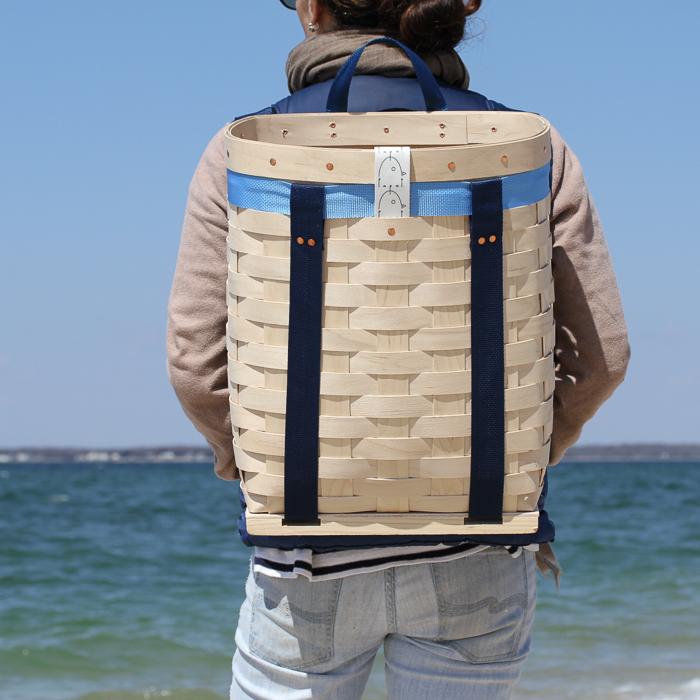Why You Need a Pack Basket
Posted on April 10 2019

You may know them as pack baskets, guide packs, trapper's packs, Adirondack baskets, hunting baskets, or even Allagash baskets, but whatever you call them, some version of these traditional woven basket backpacks have existed for thousands of years. We will use the terms pack basket and Adirondack basket interchangeably in this article.

Many countries have their own version of woven backpacks, but those most common in North America, and famously in the Adirondacks of northeastern New York state and the deep woods of Maine, seem to be based on early Native American baskets dating from around 900 BCE. Early French explorers brought similar carrying baskets with them when they arrived in the 16 and 17th centuries, and the interweaving of the two cultures created the pack baskets we would recognize today.

Image via Iroquoisbeadwork.blogspot.com

Hunters, trappers, fisherman, and foragers have been making and wearing pack baskets in this area for hundreds of years. Traditionally people would weave their own baskets from long thin strips of black ash, adjusting the size and shape to their specific needs. They then cut strips of leather or sinew to create a harness and shoulder straps to hold the basket snuggly on their backs.

Because of the devastation caused by the ash beetle infestations of many northern forests, most pack baskets today are made from thin strips of pine or other soft wood. Papat pack baskets are woven from wood harvested from Maine Maple trees.
According to this article on pack baskets from the Bangor Daily News,“They were actually made to fit into the sides of a canoe,” Jennifer Neptune, director of the Maine Indian Basketmakers Alliance and a member of the Penobscot Nation, said. “They’re flat on the part that goes against your back and then bulge out at the side, and that’s so you can put two flat sides together, then lock them into your canoe [which has curved sides]. … Probably as long as we’ve had birch bark canoes, we’ve had baskets to pack into them.”

Adirondack baskets are famous for being extremely comfortable, as the thin, malleable strips of wood conform easily to the shape of the wearer's back, nestling cozily against you while you walk.
Here is a link to a NY Times article from 1985 about "man of the mountains", Adirondack basket weaver, Bill Smith, describing the basket weaving process in more detail.
You can learn to make your own pack basket here.
With their flat bottoms and wooden feet, pack baskets stand up easily on their own, which makes them great for trips to the beach and picnics in the sun. We also use ours indoors as a laundry basket, and for storage of toys and sundries.

Papat pack baskets are available in two sizes and three color combinations.
If you would like to discover more about the history of pack baskets and traditional Maine basket weaving, this oral history collection from the Maine Folklife Center is a good place to start. The Adirondack Museum has a wonderful collection of photographs and information as well.

Vintage basket photographs are from The Adirondack Museum.


